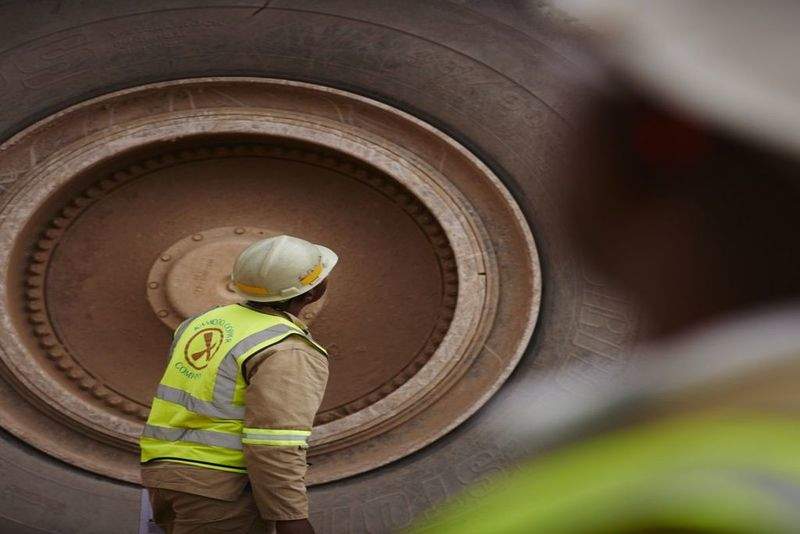
The International Council on Mining and Metals (ICMM) has released data on the safety performance of its 27 member companies in 2018, revealing a 2% decrease in the number of workplace fatalities compared to 2017.
The number of fatalities fell from 51 to 50 over the two years, while the total hours worked increased from 1.9 billion to 2.3 billion, leading to a fall in fatality frequency rate from 0.027 deaths per million hours worked in 2017 to 0.022 in 2018. While the number of recordable injuries increased over the period, from 7,515 to 7,751, the significant increase in total hours worked meant the rate of recordable injuries fell from 3.94 injuries per million hours worked to 3.41.
The ICMM also reported that no fatalities were recorded at 11 of its member companies, up from eight in 2017. Since the council began collecting safety data in 2012, operational safety has improved by a number of metrics, including a fall in the total number of fatalities from 90 to 50 and a 33% reduction in fatality frequency rate since 2012.
However, the majority of fatalities were concentrated in Africa and the Americas, with 22 and 17 fatalities in these continents respectively. Together, these regions accounted for 78% of all fatalities, although the Americas’ fatality frequency rate of 0.017 was significantly lower than the global average, and the second-lowest among all continents, behind just Oceania. Africa had the highest fatality frequency rate of 0.035, followed by Europe, with 0.032, where two fatalities were reported.
While South Africa had the highest number of workplace fatalities with 14, the country also saw the most hours worked, with over 400 million, resulting in a fatality frequency rate of 0.035. Hungary, meanwhile, posted the highest fatality frequency rate of 0.302 due to a single fatality taking place in the 3.3 million hours worked in 2018.
The ICMM also reported that Glencore had the highest number of fatalities and injuries among companies, with 13 and 1,138 respectively. However, the company also posted the highest number of hours worked, with 357 million, so its injury and fatality rates are relatively low; Newmont posted the highest fatality rate of 0.119, while Lonmin had the highest injury rate of 10.08.
While the trend is generally positive, with 2018 being the third consecutive year to see reductions in fatality and injury frequency rate, the data does not take into account a number of events, most notably the collapse of a Vale dam in Brazil in January that led to the deaths of around 300 people. The ICMM is currently working on establishing an international standard for tailings storage facilities alongside the UN and the Principles for Responsible Investment to prevent similar disasters from taking place in the future.
The ICMM figures also revealed that accidents involving mobile equipment contributed to the most fatalities, with 15 deaths related to vehicles.
“ICMM and our company members are determined to eliminate fatalities from their operations,” said ICMM CEO Tom Butler. “The single highest cause of deaths in 2018 was from mobile mining equipment which is why we are exploring collision avoidance technology in our Innovation for Cleaner, Safer Vehicles (ICSV) programme.”
The ICSV aims to improve the environmental and safety performance of vehicles in the mining sector by encouraging collaboration between mining companies and original equipment manufacturers. With ambitious goals such as the elimination of greenhouse gas emissions from surface mines by 2040, the ICMM hopes the scheme will encourage long-term change in the mining sector.



